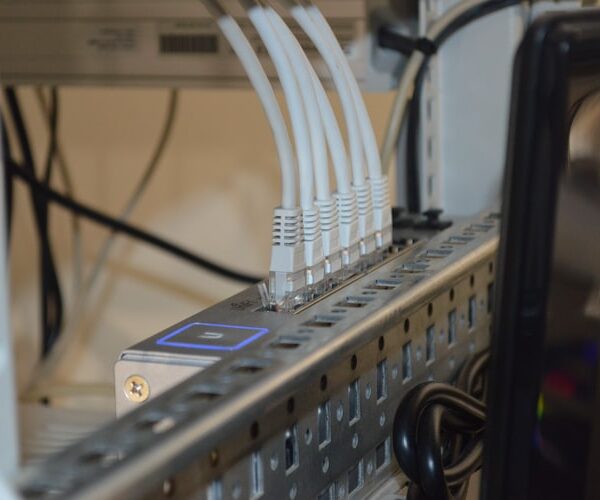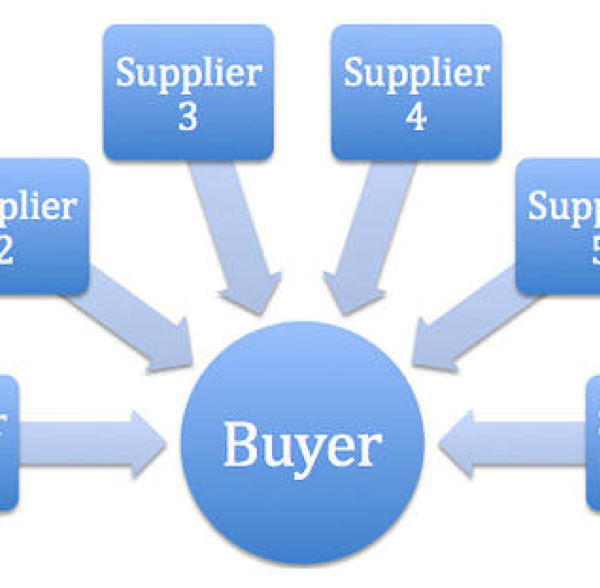Fleet Management System – Ensuring Fleet Efficiency
Fleet management is the procedures that fleet managers use to manage vehicle and fleet assets, from acquisitions to disposal. It involves the identification of assets, their physical location and usage. This enables businesses to reduce costs, boost productivity, and ensure compliance with all legislation across the whole fleet operations. The ability to integrate various processes, tools and systems can help improve quality, efficiency and cut costs.
There are several key components to a robust fleet management system.
These include
- vehicle tracking
- route planning
- package delivery services
- customer information management.
In order for these elements to work effectively, they must be properly integrated and data taken and presented is updated on a regular basis. Below are several common ways in which businesses use these software packages:
GPS Vehicle tracking
Vehicle tracking is a core component of a fleet management system. This method of managing fleets helps to ensure compliance with legislation such as HACCP, which requires fleet managers to ensure that vehicles are regularly monitored and not used for personal or non-commercial purposes. Vehicle tracking software includes GPS technology, which enables fleet managers to monitor vehicle speeds, routes, maintenance and fuel consumption.
Route planning
Fleet managers can benefit from route optimization applications that determine the shortest route between point A and point B. Depending on the route, this could either mean additional fuel consumed by the vehicles, or increased wear and tear on vehicle engines. Delivery companies may also use delivery apps to deliver goods to point A on time, minimising the potential for damage to the goods along the way.
Package delivery services
Delivery companies may use a standalone proof of delivery application to track package loads. If a package contains hazardous materials, for example, a delivery app can tell a driver if the package needs special processing. The package delivery service can also provide proof of delivery alerts, which notify the driver when a package is overdue, damaged or missing.
Fleet management software features
fleet management software that integrates with enterprise systems. Some fleet managers have started using smartphone technology to keep track of their fleet. Fleet managers may also make use of social media to connect with drivers, and set alerts on their mobile devices to alert them when they hit a specific quota or rate.
Fleet managers can also access fleet information remotely via internet or smartphones. Mobile apps feature applications such as Gesphere that give fleet managers real-time information about driver locations, fuel costs and fuel efficiency.
Fleet management GPS weapon systems
A fleet management GPS weapon system offers comprehensive coverage. The system can be installed on trucks, buses and mobile resources. It provides real-time tracking of assets, such as vehicles and trucks. Users can optimize the system by assigning routes or tracking trucks that go over budget or skip a route.
Fleet management software offers various solutions to fleets with tracking software. Many fleet tracking software programs are available in varying formats. Some software programs offer free trials to potential fleet managers and buyers, while other programs are costly. Free trials usually last 30 days.
Fleet management software for tracking includes such features as vehicle tracking. Vehicle tracking uses GPS technology and real-time data to determine the position, speed and direction of vehicles. It is ideal for businesses that require constant monitoring of their fleet. Fleet management GPS vehicle tracking can assist drivers in planning routes and monitor fuel consumption. In addition, it can also be used to determine when a vehicle is due to leave the garage or when it is due for delivery.
Fleet management GPS systems also have solutions for route optimization and forecasting. Route optimization helps to determine the shortest route between two destinations. It then determines the optimum route between those destinations using mathematical algorithms. This allows delivery planning, including schedules and routes, to be made. Fleet managers can also apply circuit breakouts to identify individual circuit breaks and monitor them in detail to avoid accidents.
Delivery planning can be determined using circuit breakouts. During peak periods, a company may only want to send one vehicle per circuit and therefore maximize efficiency. But during non-peak periods, when demand far exceeds capacity, routing requirements will allow several deliveries to be made in the same amount of time. Using circuit breakouts during peak periods will allow delivery planners to send vehicles in different directions to ensure the greatest efficiency. The same routing strategy can be applied during non-peak periods to make sure that routes are not compromised due to heavy traffic.
Customer Notifications and Alerts
Fleet management software must include alerts to alert businesses when their fleets need maintenance. Modern fleets often include truck mount transponders that provide notifications when engine failure, battery depletion, and other problems occur. Some fleet monitoring software packages include robust diagnostics capabilities that allow fleet managers to monitor problems before they adversely affect the day-to-day running of a business.
These alerts can be integrated with email and text message alerts to ensure timely notification and resolution of problems. In addition, Delivery tracking software includes tools to optimize fleet use and reduce costs by automating some business processes, including vehicle telematics tracking, vehicle location and inventory control, scheduling and billing, and providing employee updates on vehicle availability.









